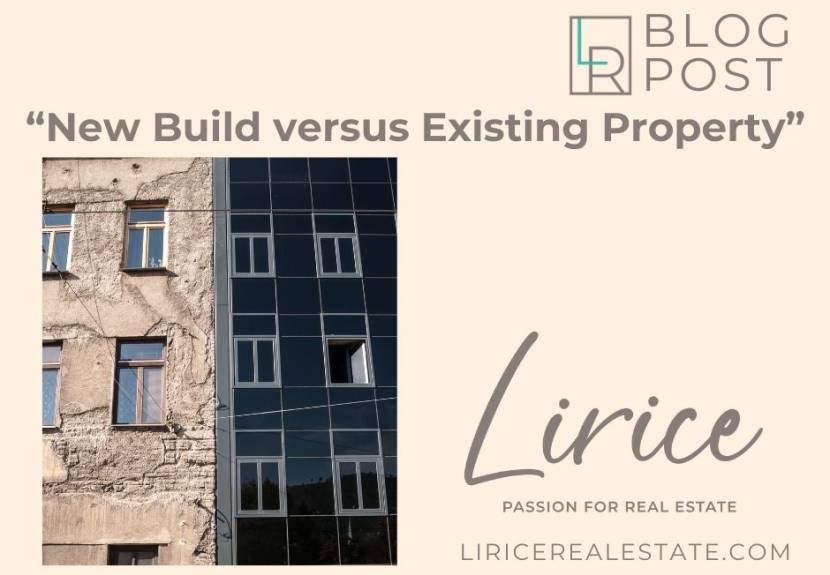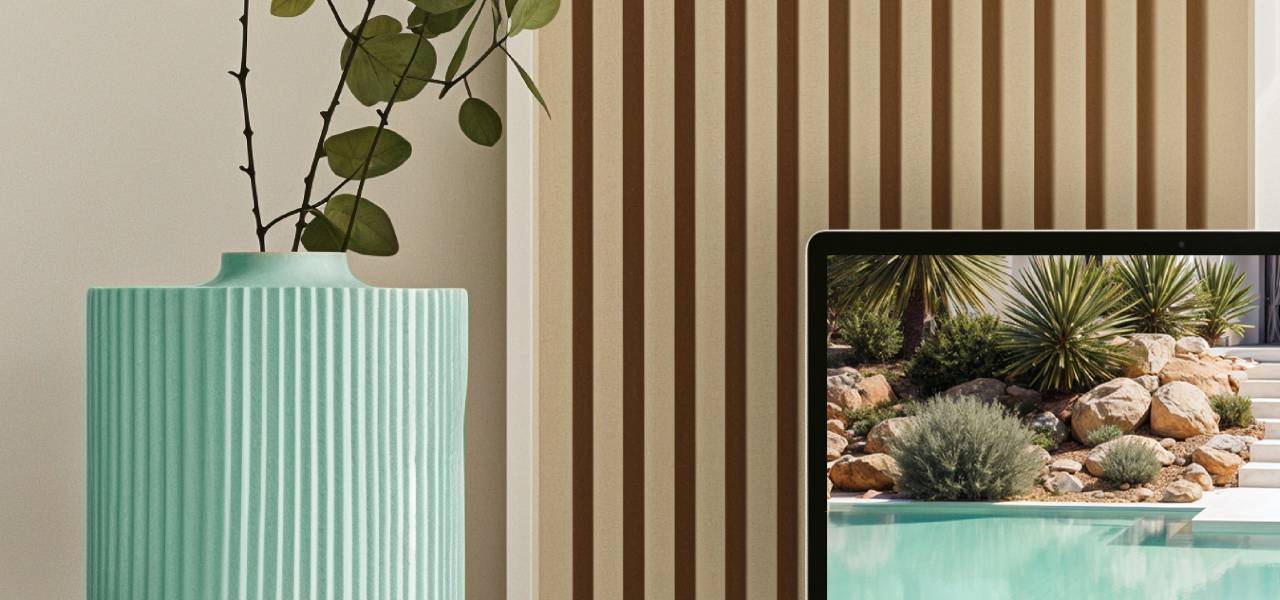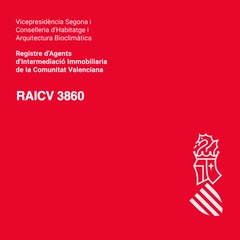
New Build versus Existing Property
The Purchase Process of a New Build versus an Existing Property in Costa Blanca South
The decision to buy a new build or an existing property is significant, especially in a popular region like Costa Blanca South. Each property type comes with its own advantages, disadvantages, and specific procedures. Additionally, there are important financial distinctions, such as the taxes you pay: transfer tax for existing properties versus VAT (IVA) for new builds. In this blog, we guide you through the differences to help you make an informed choice.
1. Purchase Process: New Build versus Existing Property
The property buying process in Spain follows specific steps and regulations that differ between new builds and existing properties.
New Build:
- Step 1: Selection and Reservation Agreement (Contrato de Reserva)
When buying a new build, you often purchase “off-plan.” This means selecting a property still under construction. You sign a reservation agreement and pay a deposit to secure the property. - Step 2: Purchase Contract (Contrato de Compraventa)
After the reservation, the official purchase contract follows, detailing the construction schedule, delivery date, and payment terms. - Step 3: Payments in Installments
New builds are usually paid in phases according to the building progress, providing flexibility but requiring longer-term investment. - Step 4: Delivery and Notary Deed
Once construction is completed, the property is delivered, and you sign the notary deed (escritura pública) to officially transfer ownership and receive the keys.
Existing Property:
- Step 1: Viewing and Negotiation
For existing properties, you can visit the property directly and negotiate the price and terms. - Step 2: Preliminary Purchase Contract
Once an offer is accepted, a preliminary purchase contract is signed, outlining the terms of sale and requiring a down payment, typically 10%. - Step 3: Due Diligence and Mortgage (if applicable)
Due diligence is conducted to confirm the property’s condition and legal status. You may also arrange a mortgage during this phase. - Step 4: Notary Deed and Transfer
The deed is signed with the notary, finalizing the transfer. This process is generally faster than for new builds, as the property is ready for occupancy.
2. Financial Differences: Transfer Tax versus VAT (IVA)
When purchasing property in Spain, certain taxes apply based on the property type.
- New Build (VAT/IVA)
For new builds, you pay VAT (IVA in Spain) at 10% of the purchase price. Additionally, stamp duty (AJD) of 1.5% is charged. - Existing Property (Transfer Tax/ITP)
For existing properties, you pay transfer tax (ITP, or Impuesto sobre Transmisiones Patrimoniales). This rate varies by region, around 10% in the Valencian Community, where Costa Blanca South is located.
3. Pros and Cons of New Build and Existing Property
New Build:
- Advantages:
- Modern Design and Technology: New builds are typically energy-efficient and constructed to the latest standards.
- Customization Options: Often, you can personalize finishes and features, such as materials and colors.
- Warranty and Lower Maintenance: New builds generally come with a warranty (up to 10 years for structural issues) and require minimal maintenance in the initial years.
- Disadvantages:
- Long Wait Time: Many projects are still under development, with construction times potentially extending to a year or more.
- Cost and Price Variability: New builds can be more expensive, with additional costs for fittings like air conditioning or kitchen appliances.
Existing Property:
- Advantages:
- Faster Availability: Existing properties are ready for immediate occupancy.
- Lower Prices and Negotiation Potential: Typically more affordable with room for negotiation.
- Authentic Style and Location: Often situated in established locations with distinctive local charm.
- Disadvantages:
- Higher Maintenance Costs: Older properties may need maintenance or renovation, adding to the cost.
- Less Energy Efficiency: They often do not meet the latest energy standards, potentially increasing utility costs.
4. Decision Aid: Which Option Suits You?
The choice between a new build and an existing property depends on your individual preferences. If modern amenities, energy efficiency, and customization are priorities, a new build might suit you. Alternatively, if you value quick occupancy, an authentic atmosphere, or a lower budget, an existing property may be ideal.
Conclusion
Both new builds and existing properties offer unique benefits and challenges. Be well-informed about the financial and legal aspects of each option, particularly regarding taxes like VAT (IVA) and transfer tax (ITP). Taking time to weigh these differences will guide you toward the right choice for your new property in Costa Blanca South.
















